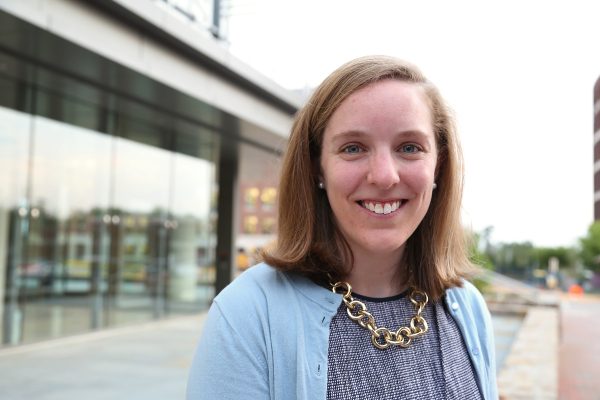
November 6, 2017
Brooke Matson successfully defends dissertation
A huge CONGRATULATIONS to Brooke Matson for successfully defending her thesis entitled "Molecular Regulators of Embryo Implantation and Pregnancy". Way to go, Dr. Matson!!

November 6, 2017
A huge CONGRATULATIONS to Brooke Matson for successfully defending her thesis entitled "Molecular Regulators of Embryo Implantation and Pregnancy". Way to go, Dr. Matson!!
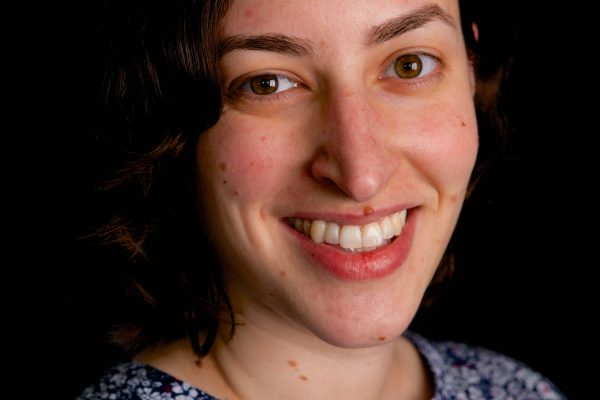
October 27, 2017
Dr. Cohen has developed state-of-the-art, super-resolution spectral imaging technologies to simultaneously label and track the position of 6 different cellular organelles in real time. In doing so, she has characterized a new cell organelle called a lipid droplet. In her future work, she hopes to use these techniques to address how lipid droplets from glia and astrocytes can be used to transfer lipids to neurons. This is an important question because neurons cannot synthesize their own lipids, but yet are dependent on huge amounts of lipids to extend lengthy neuronal processes and regulate membrane turnover at synaptic terminals.

October 27, 2017
Dr. Diering is a neurobiologist and biochemist focused on understanding the different mechanisms that neurons use to sleep. In one process, neurons change their synapses to accommodate the formation of memories. In another simultaneous process, synaptic plasticity supports the conservation of neuronal metabolism and “recharging”—which is critically important for cognition and behavior. Graham uses sophisticated biochemistry and genetic animal model behavior studies to map the neuronal circuits and molecular pathways that underlie these different types of sleep. His work has very important implications for sleep disorders, and particularly those related to neurodevelopmental disorders with aberrant sleep, such as Rhett syndrome and Autism spectrum disorders.

October 25, 2017
An article from the lab of Dr. Kathleen Caron titled “Adrenomedullin improves fertility and promotes pinopodes and cell junctions in the peri-implantation endometrium” is featured on the cover of the September 2017 issue of Biology of Reproduction. The cover image, “Pinopode Eclipse,” depicts pinopodes, or uterodomes, which are plasma extravasations of uterine luminal epithelial cells present during the window of implantation in rodents and humans and are thought to enable blastocyst attachment and invasion. Image courtesy of Brooke Matson and Kelsey Quinn.
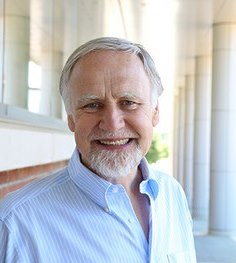
October 11, 2017
Congratulations to Dr. Keith Burridge for being selected as a 2017 American Society for Cell Biology Fellow! The ASCB Fellows award recognizes ASCB members who have made outstanding contributions to the field of cell biology and to the community of cell biologists through their service to ASCB. This is an honor bestowed upon Dr. Burridge by his peers in recognition of Keith’s life-time achievements and meritorious efforts to advance cell biology and its applications.

October 11, 2017
The Academic Career Leadership Academy in Medicine (ACCLAIM) is a UNC School of Medicine one-year program, started in 2012, that provides leadership and career development opportunities to faculty members (ACCLAIM Scholars), with an emphasis on those underrepresented in medicine.

September 14, 2017
The National Institute on Aging awarded a $2.6-million, five-year grant to UNC’s Mohanish Deshmukh’s lab to explore miR-29, a key molecule that helps mature brain cells avoid death.
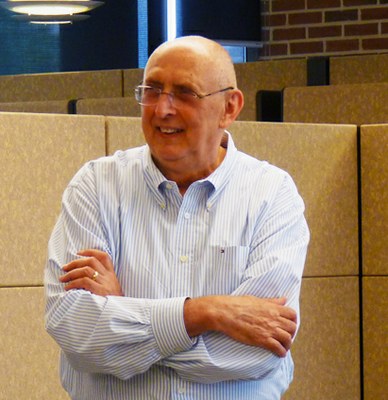
September 7, 2017
Long-time faculty member Peter Petrusz was a leader in the study of hormones important for the growth, development, and maintenance of neural structures.
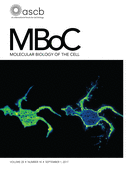
September 6, 2017
The axon guidance cue netrin-1 and its receptor DCC promote axon branching in developing cortical neurons. In this study, we detail a novel molecular mechanism by which the brain-enriched E3 ubiquitin ligase TRIM9 orchestrates multimerization of DCC, requisite activation of FAK and Src family kinases, and increases in exocytic vesicle fusion, all during netrin-dependent neuronal morphogenesis. We are the first to show that non-degradative ubiquitination of a receptor alters kinase activation and signaling pathways during morphogenesis.

August 17, 2017
Spencer Smith has been selected to receive the 2017 Ruth and Phillip Hettleman Prize for Artistic and Scholarly Achievement. The award is one of the University's most prestigious acknowledgments of faculty excellence. Congratulations Dr. Smith!!